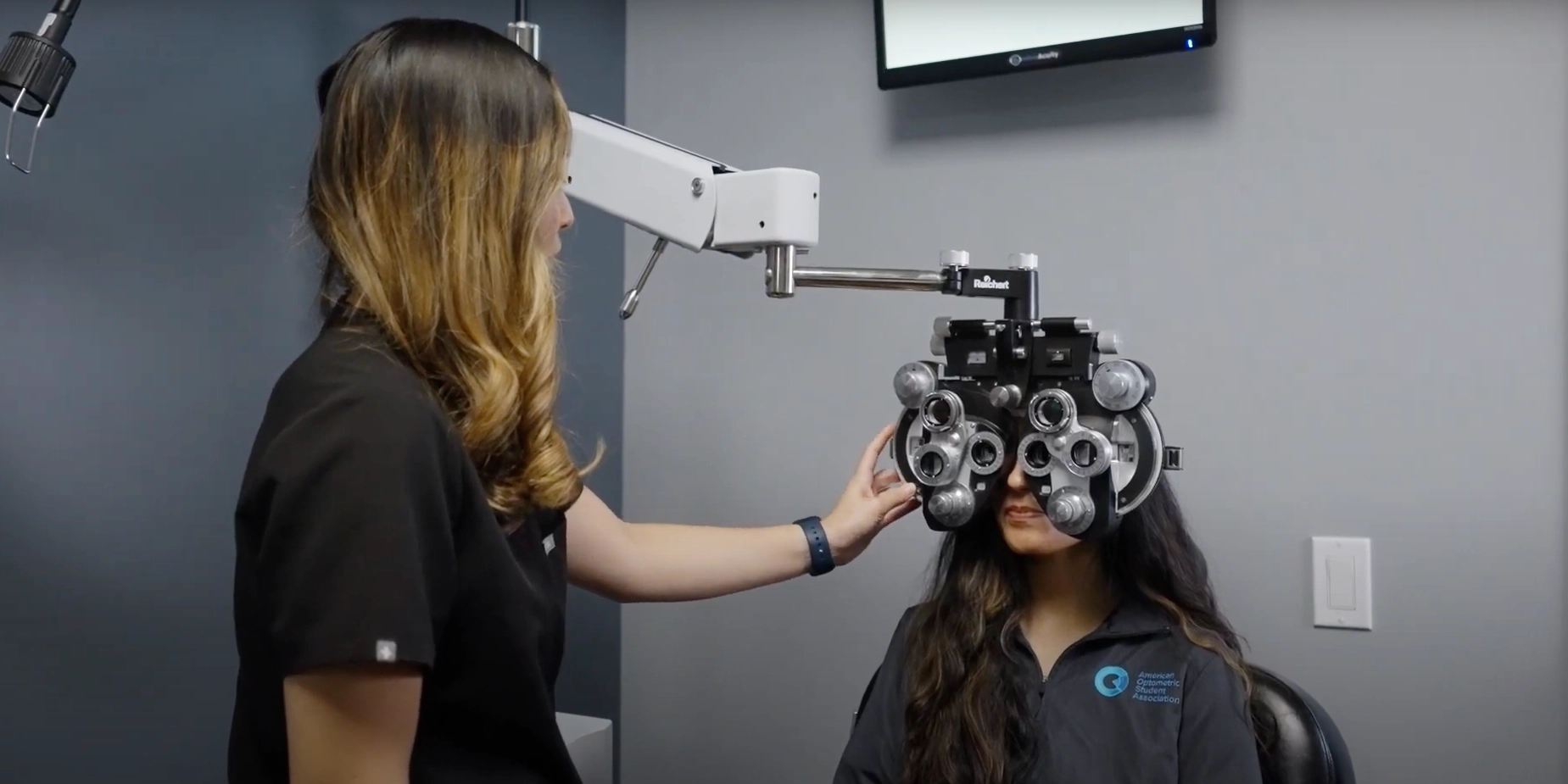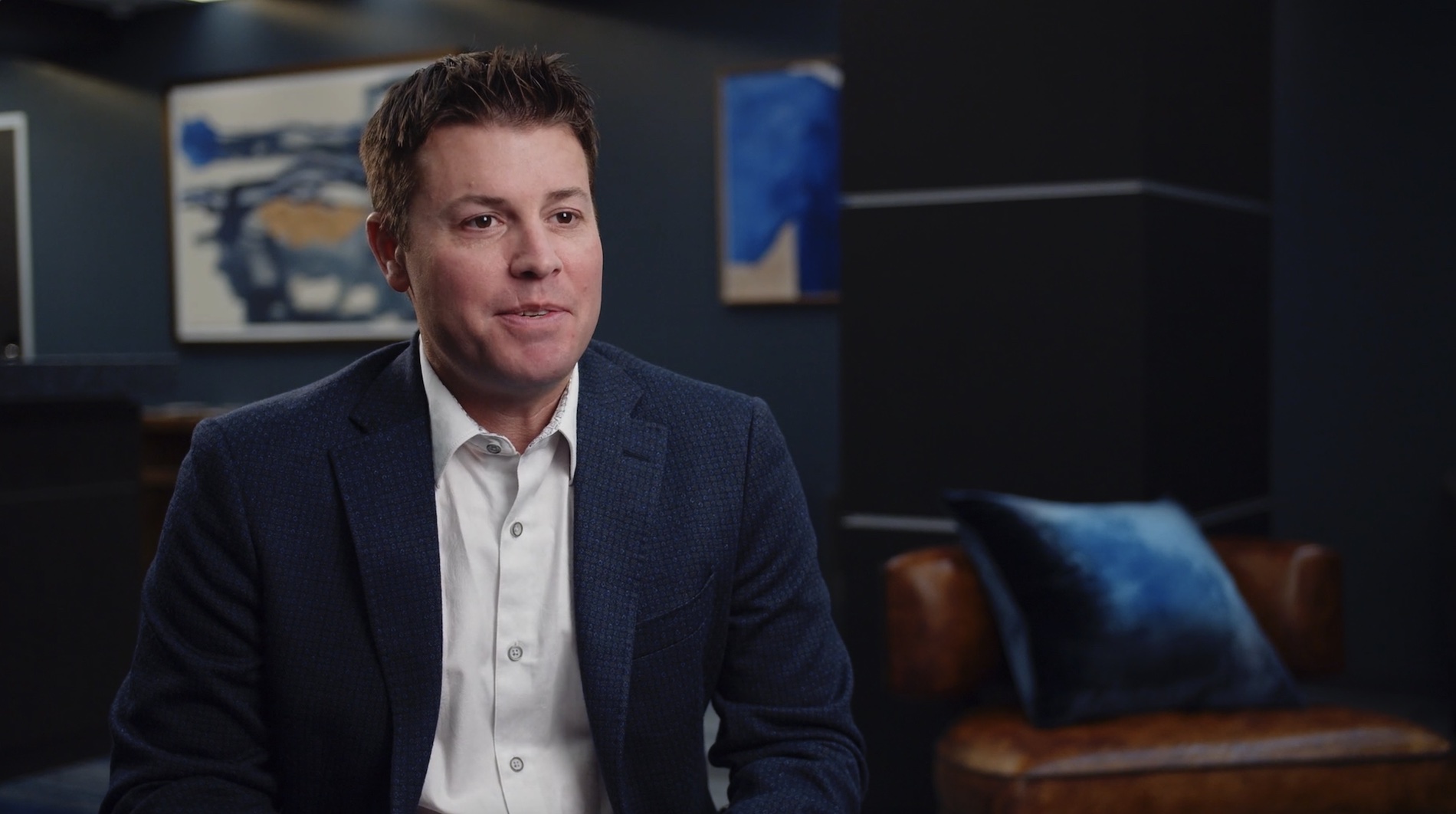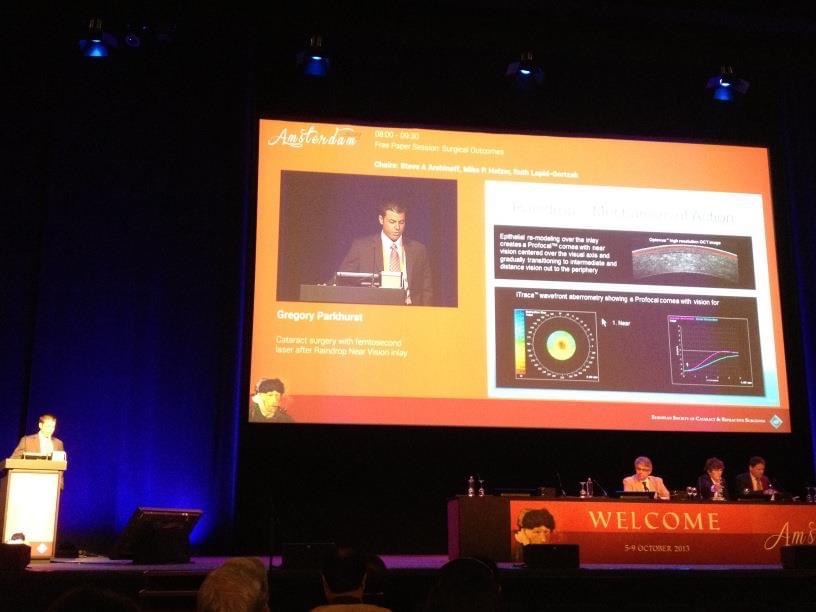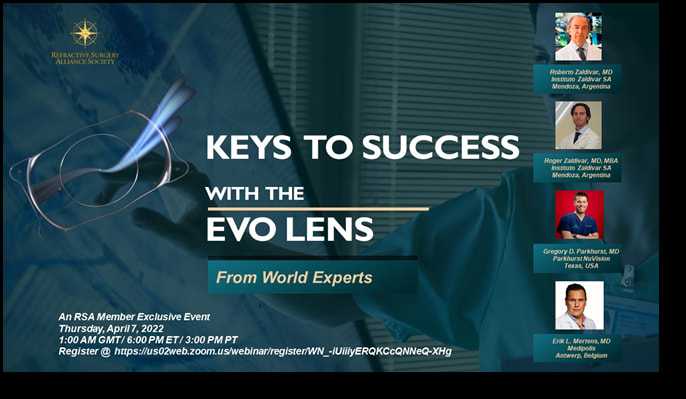What is the EVO ICL?
EVO ICL is a microscopic lens made of collagen that is placed by a surgeon so people can just wake up and see. The ICL (implantable collamer lens) is made of collagen so you can’t feel it or see it in the mirror, and it’s in sync with your body chemistry so your immune system doesn’t even know it’s there. EVO ICL’s are for people who want to see without glasses and contacts, even if they’ve been told they can’t have LASIK. Not a LASIK candidate? Not a problem for EVO.
EVO ICL surgery in San Antonio is a great solution for many people seeking to see life without glasses and contacts holding them back. If you are seeking a vision solution that will put an end to the hassle and ongoing cost of glasses and contact lenses, the EVO ICL may be right for you. Parkhurst NuVision is one of the most experienced EVO ICL surgery centers in all of North America; over the past 10 plus years, our vision correction surgeons have helped thousands of patients get out of glasses and enjoy crisp, clear vision with ICL surgery. Dr. Gregory Parkhurst is widely recognized as a leading ICL surgeon worldwide.
Parkhurst NuVision’s Involvement in the EVO ICL FDA Approval
In the US FDA study, Dr. Parkhurst led as principal investigator. The average vision result was actually better than 20/20. Some would call that “supervision,” and an astounding 99.4% of people in a recent study said they would do it all over again, no regrets.
We published in the medical literature on the sharpness and clarity of vision the ICL can provide using what’s called the Rabin supervision test. It’s the night vision quality and contrast sensitivity that really sets the EVO ICL family of lenses apart. People typically say this is the best vision they’ve ever had, so there’s no compromise in vision clarity just to be able to see without glasses and contacts. On average, the unaided vision with EVO ICL is actually demonstrably better than how people have seen with their glasses and contacts in the past.
LASIK may have more name recognition, but EVO is a great solution for patients who have thin corneas, dry eyes, and/or high levels of nearsightedness1.
Benefits of the EVO ICL
Benefits of the EVO procedure include fewer office visits on the journey to NuVision! The EVO ICL is an updated Collamer lens that eliminates the need for a pre-surgical prep-step that was necessary with earlier versions of the ICL. If you are seeking vision correction for nearsightedness with or without astigmatism, the EVO ICL is a flexible solution that may be right for you. You can start and finish the process in as little as 24-48 hours. Other benefits include:
- Delivers sharp, clear vision2
- Patients enjoy excellent night vision3
- Can correct high levels of myopia (nearsightedness) as well as astigmatism
- 5 to 10-minute procedure with quick recovery time
- Appropriate for patients that cannot have laser vision correction due to thin corneas1
- Does not cause dry eyes or worsen symptoms of dry eye syndrome4
- Made of Collamer, a biocompatible material that works in harmony with your eye
- Gives UV protection
- Designed for permanent vision correction but is removable and reversible if ever needed
Complications and Possible Risks
Risks and potential complications of EVO ICL surgery include increased IOP, the potential for under correction or overcorrection, and the need to reposition or replace an EVO ICL if it were slightly too large for the eye or slightly too small for the eye or if it moved or rotated. The beauty of the EVO procedure is that risks and complications are greatly reduced from prior models of phakic IOL‘s including the EVO ICL predecessor. The EVO ICL has a series of 5 fenestrations (openings) that permit what is called aqueous humor to flow and “bathe” the natural lens of the eye with nutrition and metabolic exchange. This has been shown to reduce the risk of a complication of prior phakic IOL’s, which is the early development of a certain type of cataract called an anterior subcapsular cataract.
With the addition of the fenestrations to the ICL platform found with EVO, the lens is effectively floating, or “hovering”, over the natural lens similar to the puck on an air hockey table. This matters because it minimizes the touch to the natural lens and maintains physiologic-metabolic flow and is therefore “in-harmony” with the eye’s body chemistry, virtually eliminating the prior risk of cataract formation. The fenestration also eliminates the risk of a certain type of glaucoma called “pupil block,” which was a very rare potential complication of prior phakic IOL’s. Since there are openings in the EVO ICL itself, there is no risk of pupil block glaucoma, meaning there is no need for additional laser treatments to adjust the intraocular pressure postoperatively. This simple modification of adding a series of openings or “holes” in the ICL platform is therefore a complete game-changer in safety and effectiveness for patients wanting ICL surgery.
Pre Operative Evaluation
The preoperative evaluation for EVO ICL is pretty straightforward. It involves measurement of the eye’s prescription, which is done a number of ways including “auto-refraction”, “manifest refraction”, “contact lens over-refraction”, and “cycloplegic refraction.” We also compare those measurements to the historical vision prescription that someone wears in their glasses and/or contact lenses. The second important preop evaluation criteria we look at includes the amount of space under the surface of the eye where the ICL will sit. This is known as measuring the “anterior chamber depth”. This can be done by anterior segment OCT, or ultra high resolution ultrasound biomicroscopy, which is the method we prefer. Performing ultra high DEF ultrasound biomicroscopy allows us to measure not just under the surface of the eye, but importantly we can measure shapes and structures that sit just behind the iris, or the colored part of the eye. This is important because sound waves can travel past the colored part of the iris in a way that light based scanners cannot. Using this type of pre-op scan technology has allowed us to develop the “Parkhurst Sizing Nomogram”, which has been shown to be the most accurate way to size ICL‘s in the published medical literature.
Power Calculation
Once we know the size of the ICL we are going to use, we also use the patient refraction, the central corneal power, overall eye health, and anterior chamber depth of the eye to select the power of lens needed. From our many years of experience, we have found the contact lens over-refraction to be one of the most important power calculations we do to ensure the best results. This and the Parkhurst sizing nomogram is part of what makes up part of our secret sauce, and is the reason why so many people fly to come and have EVO ICL surgery here in San Antonio, Texas.
Surgical Technique: EVO ICL Surgery
Sound surgical technique for EVO ICL is a requirement for expert surgeons that are comfortable performing surgery in the front part of the eye. It involves prepping the eye and face with betadine antiseptic, numbing the surface of the eye with the use of anesthetic numbing eye drops, and providing the patient with a sedative (aka “happy meds”) to help ease any anxiety and make the patient comfortable. While the happy meds are working, the patient’s eyes will be dilated. The ICL procedure, which typically is done in about 7 minutes per eye, is done under pharmacological mydriasis, meaning that the eyes are dilated for the day of surgery. The patient is instructed to look straight ahead into the bright lights of the operating microscope, whereby the surgeon makes microscopic openings in order to effectively place the ICL under the surface of the eye. These openings are so tiny that they are self-sealing and do not require any stitches. The surgeon will prepare the EVO ICL in a microscopic injector cartridge which basically involves folding the EVO ICL into a tiny scroll, similar to a “taquito” like we often say here in South Texas. The scroll then unfolds and the surgeon places a protective gel under the surface of the eye as the foot plates of the EVO ICL are gently tucked into the sulcus of the eye behind the iris. All of this is performed in a simple painless procedure which generally takes less than seven minutes per eye. Once the EVO ICL is in the proper location, the protective gel is removed, and the eye is hydrated, and within minutes patients are able to sit up from the operating table and see their family members or the clock on the wall across the room.
Phakic Intraocular lens: EVO ICL Recovery
After the EVO ICL surgery, patients are typically able to see a major improvement within minutes of sitting up from the procedure. Waking up the next day and being able to just see is magical. Normally, there are one day, one week, and one month post operative visits. Steroid and antibiotic drops are usually prescribed for 1-4 weeks after surgery. Most patients will take off the day of the procedure, but can go back to work the next day. If you are flying in, we recommend staying in San Antonio for at least 24 hours before flying back.
1 Parkhurst G, Psolka M, Kezirian G. Phakic intraocular lens implantation in United States military warfighters: A retrospective analysis of early clinical outcomes of the EVO ICL. J Refract Surg. 2011;27(7):473-481
2 Igarashi A, Kamiya K, Shimizu K, Komatsu M. Visual Performance after implantable Collamer lens implantation and wavefront-guided laser in situ keratomileusis for high myopia. Am J Opthalmol. 2009.
3 Martinez-Plazs E, Lopez-Miguel A, Lopez-De La Rosa A, et al. Effect of the EVO+ Visian Phakic Implantable Collamer Lens on Visual Performance and Quality of Vision and Life, Am J Ophthalmol 2021;226: 117–125.
4 Ganesh S, Brar S, Pawar A. Matched population comparison of visual outcomes and patient satisfaction between 3 modalities for the correction of low to moderate myopic astigmatism. Clin Ophthalmol. 2017 Jul 3;11:1253-1263.







